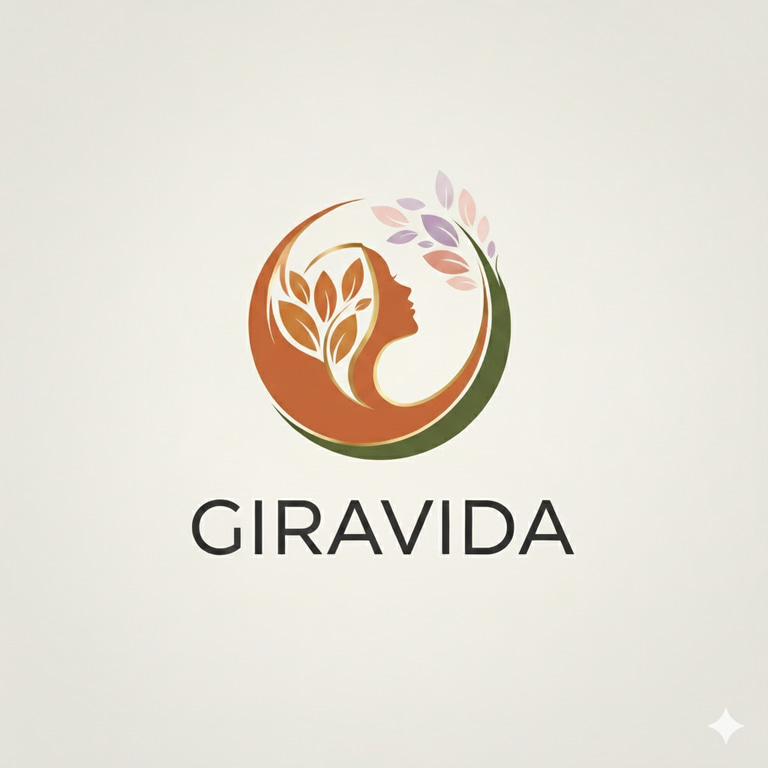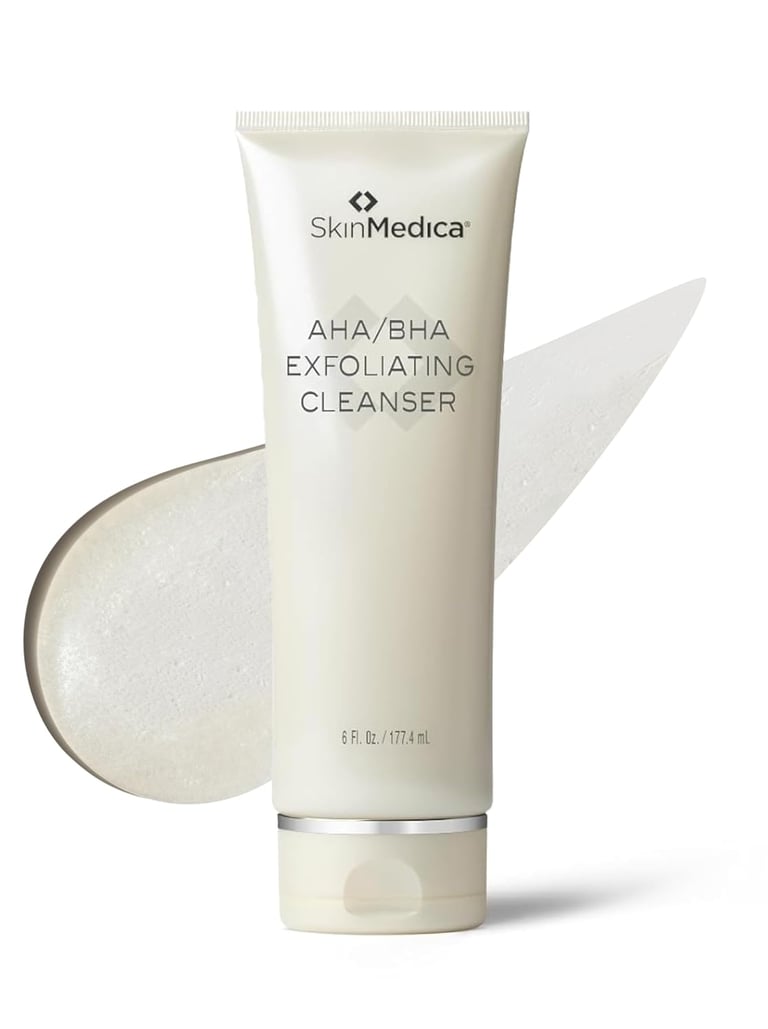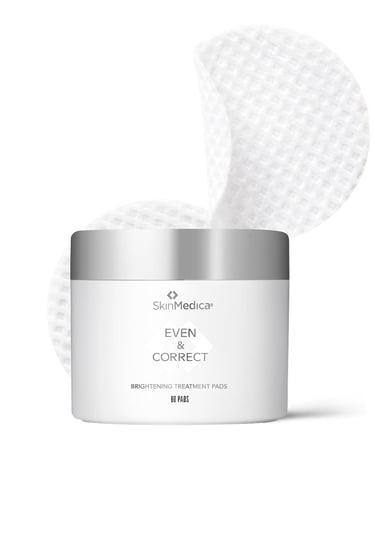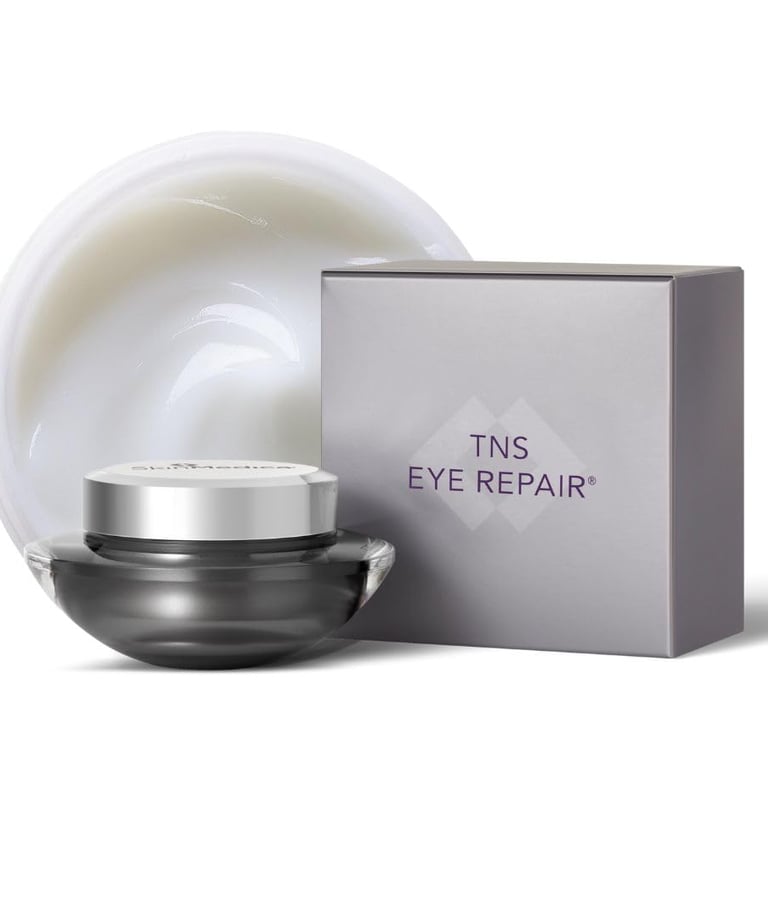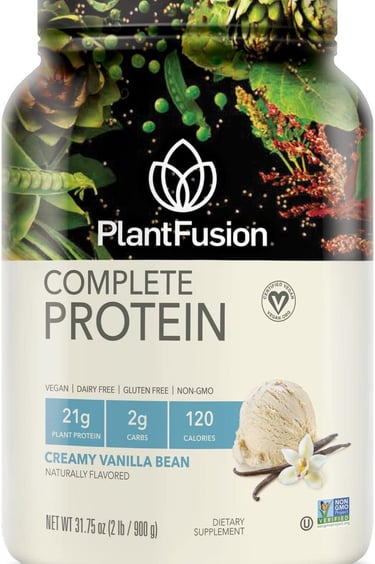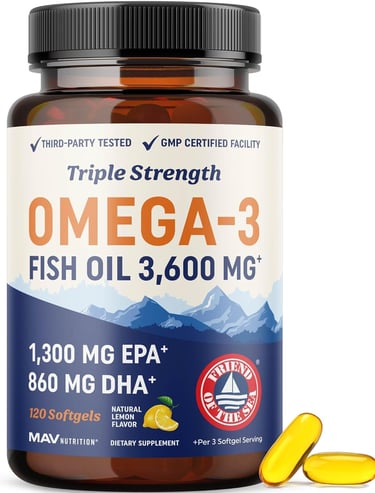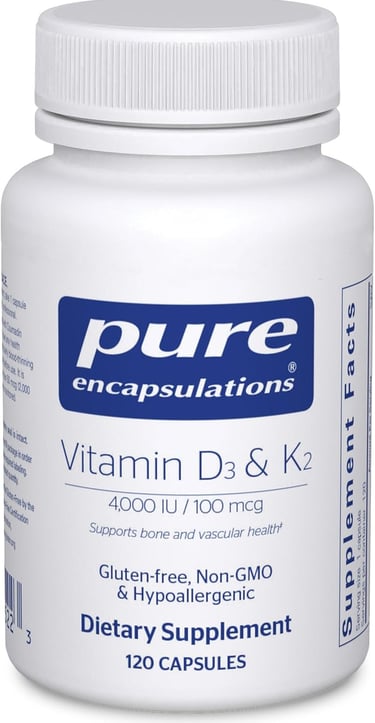
Real science, real experience. We seek to empower women through their unique menopause journey.

Embrace Your Journey Through Menopause
Understanding the Difference Between Perimenopause and Menopause
Every woman experiences hormonal transitions differently — yet understanding what’s happening in your body can make all the difference. Perimenopause and menopause are part of the same natural process, but they describe different stages of a woman’s reproductive journey.
Perimenopause: The Transition Phase
Perimenopause, meaning “around menopause,” typically begins in a woman’s 40s, though it can start earlier. During this stage, estrogen and progesterone levels fluctuate unpredictably, leading to symptoms such as irregular periods, hot flashes, night sweats, mood changes, and sleep disruptions. You may also notice changes in skin texture, libido, or metabolism. This phase can last anywhere from 4 to 10 years before the final menstrual period.
Menopause: The Milestone
Menopause is officially reached 12 months after your last period. At this point, the ovaries have stopped releasing eggs, and estrogen production declines significantly. Common symptoms — such as vaginal dryness, joint stiffness, or continued hot flashes — may continue but usually stabilize over time.
Why Understanding the Difference Matters
Common Skin Changes During Menopause
Dryness and Itching – Reduced estrogen levels decrease skin hydration and oil production, leading to dryness and irritation.
Loss of Elasticity – Collagen and elastin decline, making skin thinner and less firm.
Wrinkles and Fine Lines – Estrogen supports collagen; when it drops, wrinkles become more noticeable.
Increased Sensitivity – Skin can react more easily to products or environmental changes.
Acne or Breakouts – Hormonal fluctuations may trigger adult acne, especially around the chin or jawline.
Slower Healing – Decreased cell turnover means cuts and blemishes take longer to heal.
Hyperpigmentation – Age spots or uneven tone become more visible due to hormonal changes and sun exposure.
Redness or Rosacea – Some women experience flare-ups or new sensitivity to heat and stress.
Itchy Scalp and Body – Dryness can affect the entire body, not just the face.
Thinning Skin – Over time, the dermal layer becomes more fragile and translucent.
You didn’t come this far to stop


Metabolic Changes During Menopause: What’s Really Going On?
When women transition into perimenopause and menopause, the drop in estrogen triggers significant metabolic shifts — not just aging. Studies show this hormonal decline contributes to central fat accumulation, lipid dysregulation (higher LDL, lower HDL), and decreased insulin sensitivity — all of which raise risk for metabolic syndrome, type 2 diabetes and cardiovascular disease. PMC+2PMC+2
For instance, post-menopausal women showed higher post-meal glucose and insulin responses, and increased visceral (abdominal) fat — even when total body weight remained unchanged. PMC+1
Rather than blaming “slow metabolism,” research suggests the real issue is loss of muscle mass + increased visceral fat + hormonal changes. Mayo Clinic+1
Practical Solutions You Can Start Now
1. Strength Training + Lean Protein
Maintaining and building muscle helps offset the drop in resting metabolic rate. Incorporate resistance exercises (2-3 times a week) and prioritize ~1.0-1.2g protein/kg body weight. For example:
2. Mediterranean-Style Diet with Healthy Fats
A diet rich in vegetables, legumes, fish/omega-3s, and olive oil supports lipid metabolism and reduces inflammation. EatingWell
3. Key Nutrients: Magnesium + Vitamin D3/K2
Magnesium supports glucose regulation and muscle function; vitamin D3/K2 supports bone and vascular health — both are vital in midlife.
4. Move More, Sit Less
Beyond formal workouts, increasing non-exercise activity (walking, standing, light errands) helps reduce fat accumulation and improve metabolic health. PMC
5. Prioritize Sleep & Stress Management
Poor sleep and high stress heighten cortisol, which can worsen insulin resistance and central fat gain. Explore mindfulness, consistent sleep schedules, and winding down early. PMC
🩺 Subjects to Discuss With Your Healthcare Provider
Lipid & glucose panel changes: Ask for fasting/2-hour post-meal glucose, HbA1c, and full lipid profile (LDL-particle size, triglycerides).
Hormone therapy (HT/MHT): Whether you’re a candidate and how timing and health history affect this decision.
Bone density test: Check bone mineral density (BMD) given the interplay of metabolism and skeletal health.
Thyroid & adrenal health: Changes in metabolism may mask thyroid/adrenal issues.
Vitamin D and magnesium levels: Ensure your labs are optimal for midlife metabolic health.
Disclosure: Some links above may be affiliate links — as an Amazon Associate, Giravida may earn from qualifying purchases at no extra cost to you. This content is educational and not medical advice; please consult your healthcare provider.
Subscribe Now
Stay updated on menopause resources
We're here to help!
